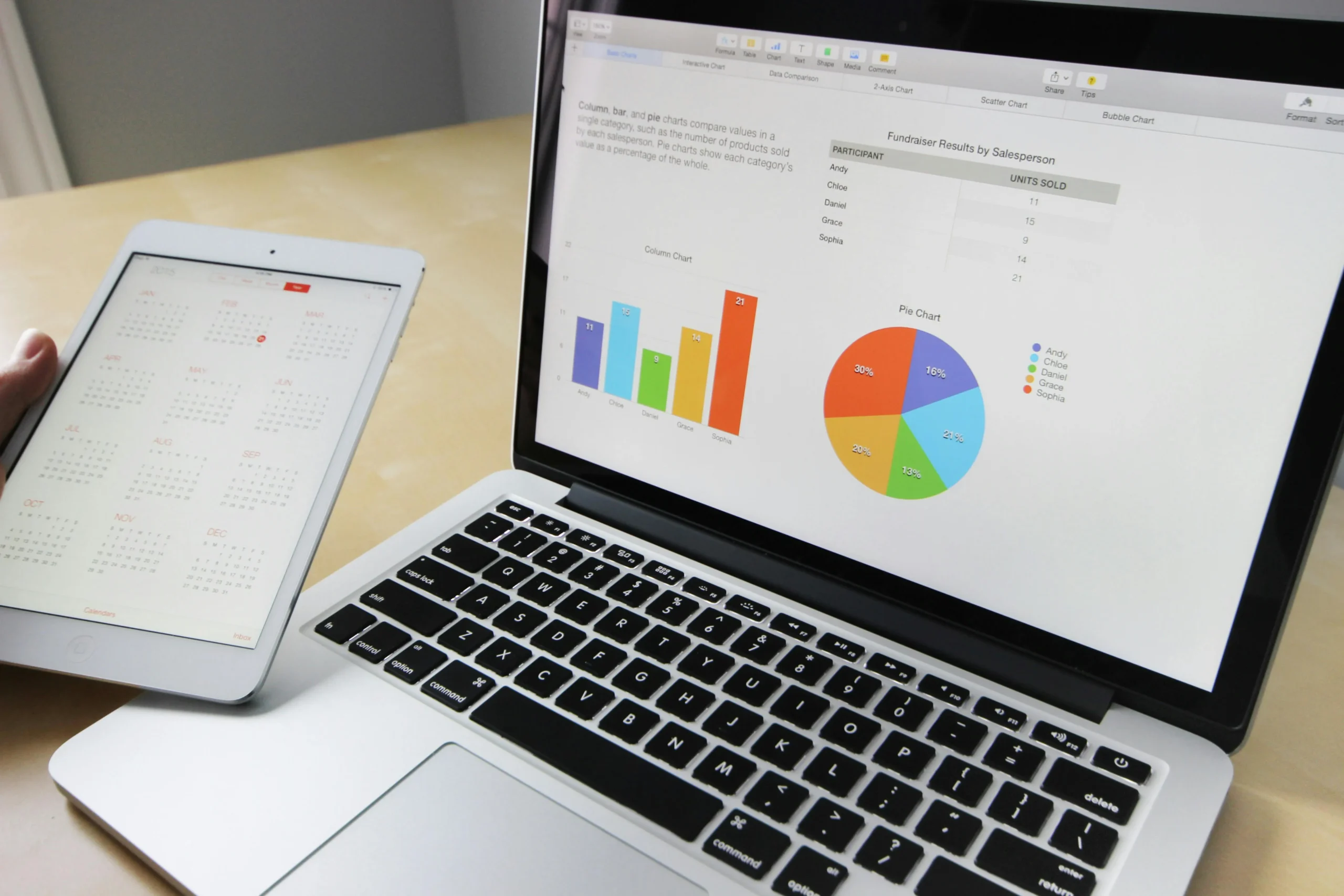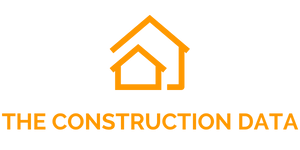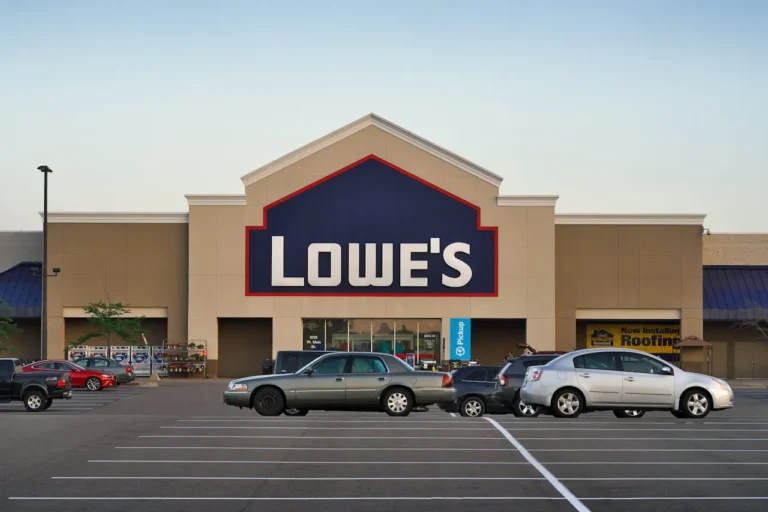
Boise Cascade Announces Q4 and Full-Year 2024 Results
Sustainability in construction is no longer a choice but a necessity. With increasing environmental regulations and stakeholder expectations, companies are reimagining their processes to reduce environmental impact while maintaining efficiency. This article delves into the key innovations driving sustainability in construction, their benefits, and practical case studies demonstrating success.
Innovations in Sustainable Construction
- Eco-Friendly Materials:
Modern construction relies on materials like recycled steel, bamboo, and low-carbon concrete. These materials offer strength and durability while minimizing environmental footprints. Additionally, bio-based insulation and reclaimed wood are becoming more common. - Energy-Efficient Building Design:
Architects and designers are increasingly adopting passive design principles, optimizing natural light, ventilation, and thermal insulation to reduce energy consumption. Green roofs, solar panels, and energy-efficient HVAC systems further enhance sustainability. - Modular and Prefabricated Construction:
Prefabricated components reduce waste and construction time. Modular construction allows buildings to be assembled with minimal on-site disruption, improving efficiency and reducing resource consumption. - Smart Building Technologies:
IoT-enabled systems monitor energy use, optimize lighting and HVAC performance, and provide real-time data to improve building efficiency. Automated systems also help reduce water consumption and improve air quality. - Life Cycle Assessment (LCA):
LCA evaluates the environmental impact of a building throughout its entire life cycle, from material sourcing to demolition. This comprehensive analysis helps stakeholders make informed decisions that align with sustainability goals. - Circular Economy Practices:
Circular construction focuses on designing buildings for deconstruction and reuse, reducing waste and promoting material recycling. This approach extends the life of construction materials, reducing the demand for virgin resources.
Benefits of Sustainable Construction
- Environmental Benefits:
Reducing greenhouse gas emissions, conserving natural resources, and minimizing waste contribute to a healthier planet. Green buildings often achieve certifications like LEED, BREEAM, or WELL, enhancing their market value. - Economic Benefits:
Sustainable buildings typically have lower operating costs due to energy and water savings. Additionally, eco-friendly construction practices can lead to tax incentives, grants, and increased property value. - Social Benefits:
Improved indoor air quality, natural lighting, and thermal comfort enhance occupant well-being and productivity. Sustainable construction also supports local economies by sourcing materials and labor locally. - Regulatory Compliance:
As governments tighten environmental regulations, sustainable construction ensures compliance, reducing the risk of fines and legal issues. - Brand Reputation and Market Demand:
Sustainable buildings align with consumer preferences and corporate social responsibility (CSR) goals, enhancing a company’s reputation and attracting environmentally conscious clients.
Case Study: Sustainable Office Building
Project Overview:
A leading construction firm developed a 10-story office building designed to meet LEED Platinum certification. The project aimed to reduce energy consumption, minimize waste, and create a healthy indoor environment.

Key Features:
- Solar panels on the roof generate 30% of the building’s electricity needs.
- High-efficiency HVAC systems and LED lighting reduce energy consumption.
- Low-flow plumbing fixtures and a rainwater harvesting system reduce water usage.
- Locally sourced, recycled materials were used throughout the building.
- Smart sensors monitor energy use and optimize lighting and ventilation.
Results:
The building consumes 40% less energy and 50% less water compared to traditional office buildings. Employee productivity and satisfaction have increased due to improved indoor air quality and natural lighting. The building’s operational costs are significantly lower, and its LEED certification has enhanced the company’s reputation, attracting environmentally conscious tenants.
Overcoming Challenges in Sustainable Construction
- Initial Costs:
Sustainable materials and technologies can have higher upfront costs. However, long-term savings on energy, water, and maintenance often offset these expenses. - Knowledge and Skills:
Implementing sustainable practices requires specialized knowledge. Continuous training and collaboration with sustainability experts are essential. - Supply Chain Limitations:
Accessing eco-friendly materials and technologies can be challenging, especially in remote areas. Building strong supplier relationships is crucial. - Regulatory Hurdles:
Navigating environmental regulations and certification processes can be complex. Engaging with regulatory bodies early in the project helps ensure compliance.
Future Trends in Sustainable Construction
- Net-Zero Buildings:
The industry is moving towards buildings that generate as much energy as they consume, reducing their environmental impact to zero. - Carbon-Neutral Materials:
Innovations like carbon-negative concrete and bio-based materials are gaining traction, further reducing construction’s carbon footprint. - Digital Twins:
Digital twin technology creates virtual replicas of buildings, allowing stakeholders to optimize energy use, predict maintenance needs, and improve efficiency. - Green Certification Integration:
Future projects will increasingly integrate certifications like LEED, BREEAM, and WELL from the design phase, ensuring sustainability is embedded from the start. - Collaborative Design:
Collaborative approaches involving architects, engineers, and sustainability experts ensure that sustainability is prioritized throughout the construction process.





